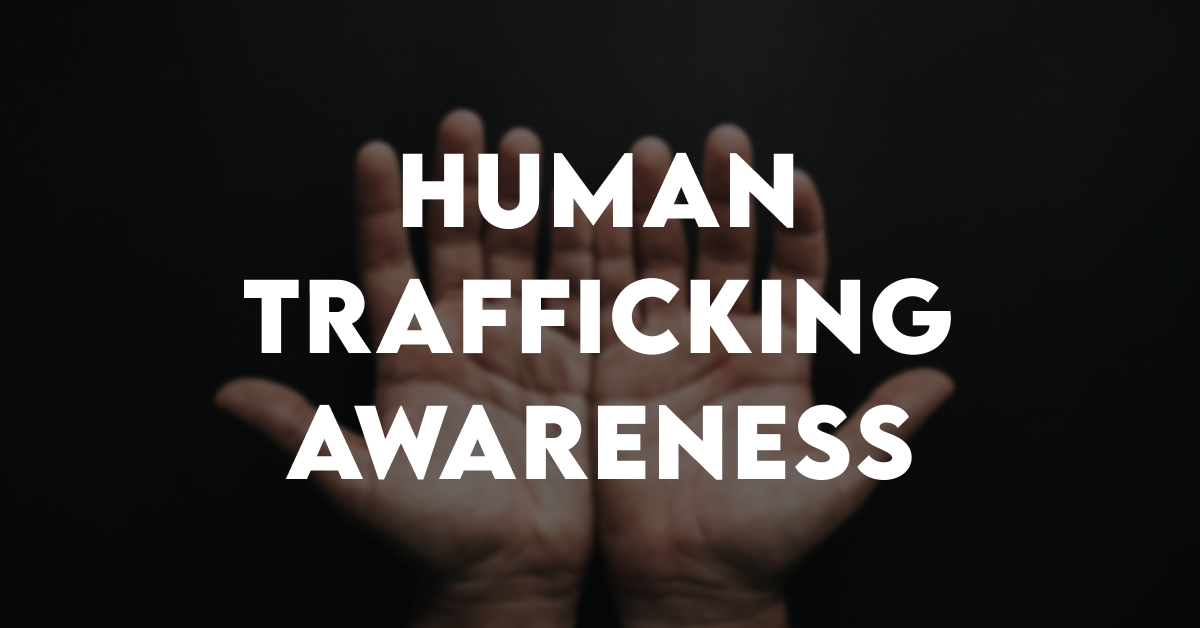One of America’s biggest exports? Humans. The trafficking of humans is a crime that uses people for forced labor or sexual services. As the world changes rapidly, so does the awful industry of human trafficking. New technologies help to locate and stop human traffickers– but they also help them to run their operations. This makes it hard to know if human trafficking is rising or falling in the United States. But it does remind us why we need to be alert, and why we need more people to fight against human trafficking. It doesn’t need transportation to happen, but it often uses it to run its business. Traffickers may look for victims of sex trafficking and forced labor at transportation hubs. Then they may use transportation systems to move them to places where they will be harmed and exploited. Traffickers often go after people who are vulnerable and have no one to help them. They may have no family or friends, a disability, a marginalized identity, no stable home, a history of trauma or abuse, no legal status, no English skills, or no way to tell when someone is exploiting them. Traffickers can be anyone, regardless of gender or background.
The Human Trafficking Prevention Act of 2022 is a bill that was passed by Congress and signed into law by President Biden on December 27, 2022. The bill is designed to amend and add to the Trafficking Victims Protection Act of 2000, which served as the groundwork for anti-trafficking legislation in America. Some of its key provisions are:
- Posting the number of a hotline that helps victims and reports trafficking in public transportation places.
- Giving $100 million in grants to state and local governments to fight trafficking.
- Creating a council of survivors and experts to advise the Justice Department on trafficking issues.
The Federal Motor Carrier Safety Administration (FMCSA) is the agency responsible for regulating and enforcing safety standards for commercial motor vehicles in the United States. In 2023, the FMCSA will implement a number of new rules and protocols that will massively affect the trucking industry. Some of the most significant changes are:
- Using electronic devices to record driving time and data, and limiting how long drivers can drive and work.
- Testing drivers for drug and alcohol use and keeping a database of violations.
- Proposing a speed limit for certain vehicles with the usage of ‘speed limiters’, which are devices that prevent vehicles from reaching a certain speed.
Some of the ways to help:
- Provide training for all staff on how to spot and respond to different forms of human trafficking that may occur in their sector. For example, aviation staff may need different skills than truck drivers.
- Make educational materials available in the workplace to remind staff of the signs of human trafficking.
- Create a company policy on how to recognize and report human trafficking situations.
- Save all security camera footage for law enforcement when human trafficking is suspected.
- Document and report any suspicious behavior by a group of people.
- Display signs in public restrooms to encourage human trafficking victims to seek help from transportation staff. These signs should be in multiple languages.
- Report any unusual or suspicious activity in truck stops and gas station parking lots to law enforcement. This is especially important if females are dressed inappropriately for the weather, hanging out with others near parked vehicles, or looking underage.
You can make a difference in the fight against human trafficking. If you think someone may be a victim, call the Human Trafficking Hotline at 888-373-7888


